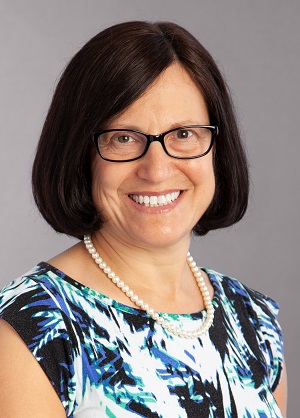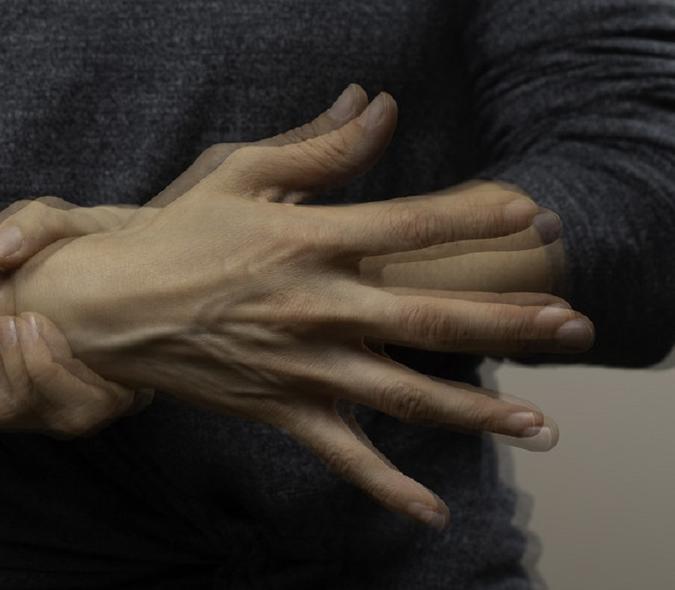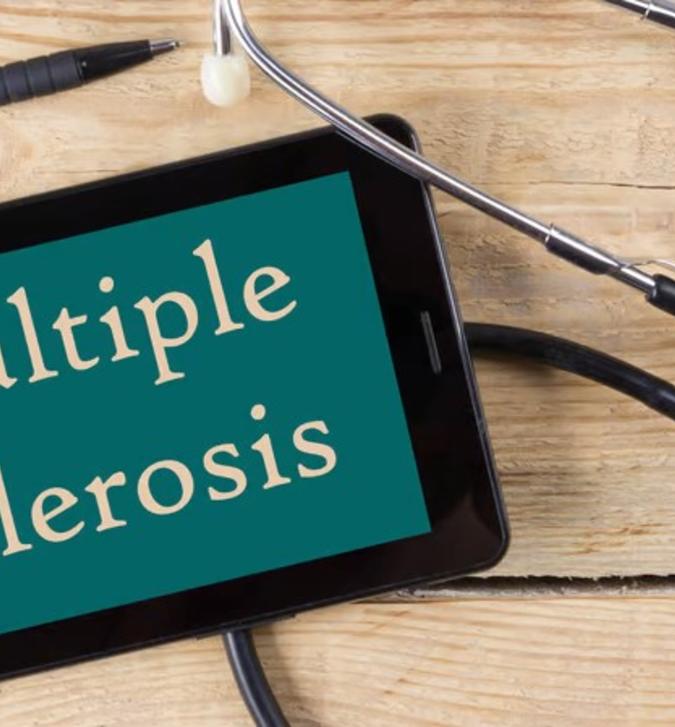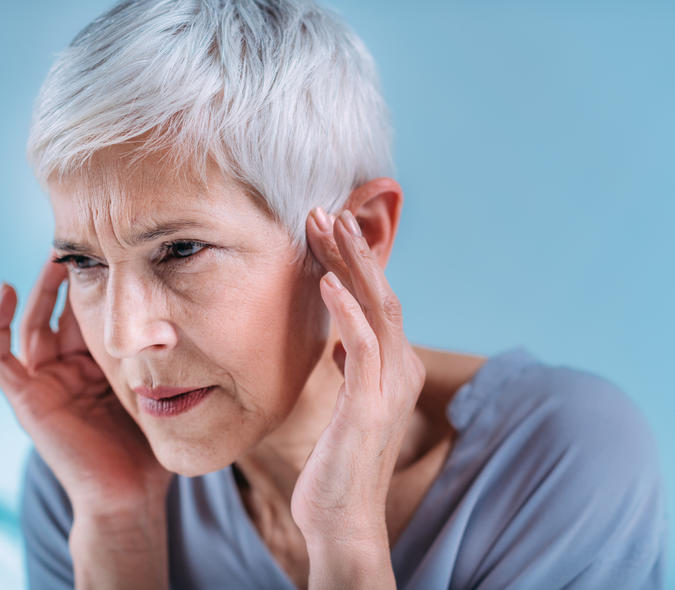
Rehabilitation specialists provide comprehensive, knowledgeable care for their breast cancer patients
When breast cancer patients come to the Rehabilitation Medicine Department for treatment, they are cared for using a multidisciplinary approach. Three of the providers who work with these patients – and with each other – include wound care and peripheral vascular swelling specialist Sandra Rosenberg, MD, FABWMS, FAAPMR; cancer rehabilitation specialist Florence John, MD, MPH; and lymphedema specialist Linda Koehler, PhD, PT, CLT-LANA. All three look at their breast cancer patients through slightly different yet complementary lenses sharing the same goal – to give them the best possible care.
The many layers of wound care

As a breast cancer survivor herself, Rosenberg (pictured at left) shares a unique empathy with her patients. She understands what they’re going through as she treats the many different kinds of wounds associated with breast cancer treatment. Rosenberg collaborates on this work with specialists in several other disciplines as well as with her colleagues in Rehabilitation Medicine.
The wounds have many causes, including fibrosis/scarring, radiation trauma, or concurrent infection. “These wounds have a significant impact on our breast cancer patients’ quality of life,” said Rosenberg. “It’s important to get at their root cause and do whatever we can to maximize vascular flow in their skin, optimize oxygenation, and engage their lymphatic system to help heal them.”
It’s also important for Rosenberg to assess factors that may affect her patients’ ability to heal wounds, such as poor diabetes management, poor nutrition, the impact of chemotherapy and radiation treatments, limited mobility, deconditioning, and/or medication effects. “It’s crucial for some of these patients to get their wounds healed so they can actually start certain treatments following surgery,” she noted. “For instance, you can’t start a course of radiation if it’s impossible to raise your arm above your head.”
A common side effect from being treated for breast cancer – and many other types of cancer – is a unique form of fatigue. “I experienced it myself. You’re busy doing something and you just hit a wall,” Rosenberg said. “If we get our breast cancer patients exercising and coach them on how to do it, they can better manage many of their treatment side effects, including fatigue.” She noted that research has shown that at least 150 minutes of aerobic exercise a week can be a powerful tool in improving breast cancer patients’ quality of life and even help decrease the risk of cancer recurrence. “The exercise regimen should also include strength, flexibility, and balance training,” said Rosenberg. “It’s important to tailor it to the patient’s needs and abilities.”
Cancer rehabilitation requires a deep dive

In her work, John (pictured at left) relies on her clinical skillset and effective communication to treat her breast cancer patients. “Managing these patients often involves a multidisciplinary approach, looking at different aspects of a patient’s disease process and treatment, and then evaluating how these aspects may be contributing to functional impairments and quality of life. To do this, it requires strong collaboration with oncology, surgery, social work, radiation oncology and therapies,” she said.
When John sees a patient for an initial evaluation, she typically focuses on some common difficulties that patients encounter as a result of surgery and various treatments for breast cancer. “These can include discomfort from neuropathic pain, limited range of motion due to scar tissue and fibrosis, and lymphedema. “I go through a comprehensive clinical algorithm to tease out their symptoms,” she said. Many of these patients, for instance, struggle with shoulder ailments after surgery and radiation that include adhesive capsulitis [frozen shoulder] or rotator cuff injuries,” John said. Patients may also have to deal with cognitive impairment, a common side effect of chemotherapy. “Short-term memory loss and difficulty with mental processing are challenges that significantly affect their day-to-day activities, including school, work, and interacting with their families,” she added.
A large part of what she sees, however, is the emotional impact of breast cancer. “These patients struggle with end-of-life issues when many of them are still fairly young,” she said. “Regardless of age, they all have aspirations and goals, both professionally and personally. This disease causes a great diversion in their lives, and the resilience they demonstrate throughout it all inspires me every day,” John said.
Holistic treatment
While other medical teams involved in the care of breast cancer patients address the disease process itself, John stated that, “As physical medicine and rehabilitation physicians, we are well equipped to look at our patients holistically when helping to diagnose and manage other ailments that accompany the disease. My patients are often looking for a provider who can help with the multitude of symptoms they experience and are relieved and happy to have someone who is able to help sort out all these other things affecting their quality of life.”
John is currently involved in a clinical pilot for other cancer types to implement a management program known as prehabilitation that she hopes will eventually be used with her breast cancer patients. Prehabilitation involves physical and emotional preparation before surgery or other treatments to optimize the chance for a successful outcome. “There is building evidence showing that if we can offer our breast cancer patients prehab before they have a procedure or go through cycles of radiation or chemotherapy, it will improve recovery and overall function post treatment,” she said.
Most breast cancer patients have physical issues

As a result of her work, Koehler (pictured at left) observed that, “The studies I’ve done recently have shown that up to 97 percent of breast cancer patients have physical issues. Unfortunately, not all receive rehabilitation to help reduce those impairments.”
For her breast cancer patients who develop lymphedema — a condition of localized swelling caused by a compromised lymphatic system – early treatment is key. “In my research, we see patients prior to surgery and treat them as early as two weeks after surgery. We continue to follow them over the course of their recovery,” said Koehler. “We don’t want patients to suffer. What I’m hearing from patients is that ‘no one tells me when I can move.’ We’re now giving that guidance while they’re recovering, not after they’ve developed problems.”
Koehler believes that she and her colleagues are giving patients the tools to care for themselves now and in the future. “We help them understand the role of the lymphatic system, give them exercises to improve their range of motion, teach them about scar massage, make sure they know about the benefits of physical activity, and much more,” she said.
They let you into their lives.
These patients are going through one of the most difficult times in their lives. “They allow us to be part of it. We get to celebrate the small and large milestones along their recovery journey,” said Koehler. “I recently had the opportunity to work with a patient who could return to ballet classes as a result of the work she did with us. It is very rewarding to work with these patients. They’re motivated, which in turn, motivates me. I do what I do for them. These patients are one of a kind.”
Key words
#breastcancer
#woundcare
#lymphedema
#prehab
#fatigue



